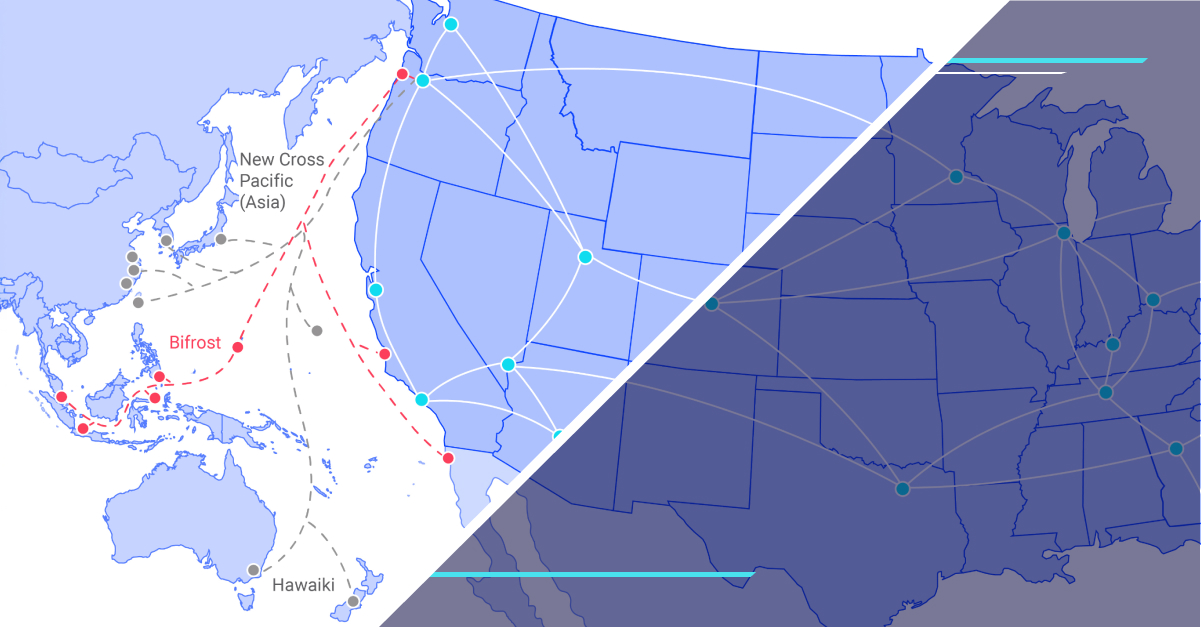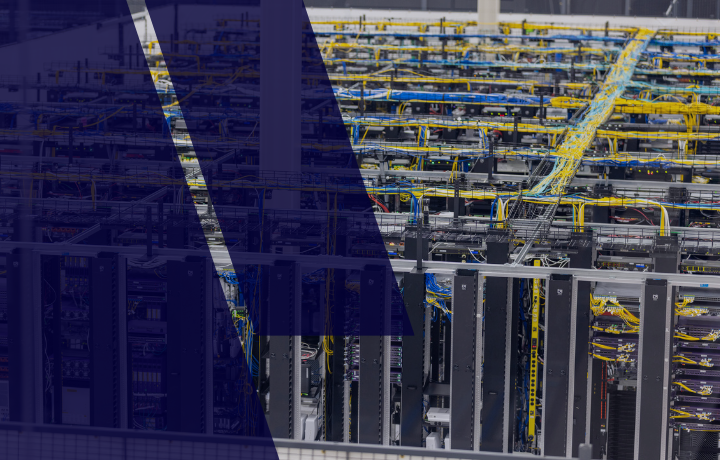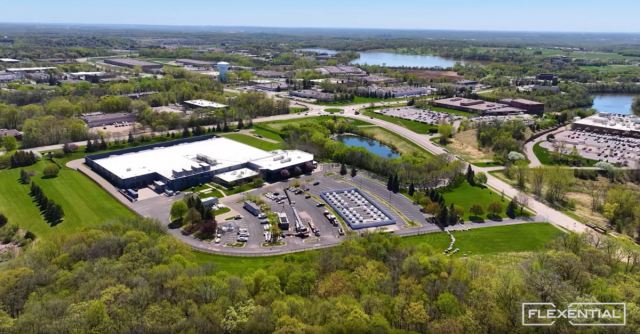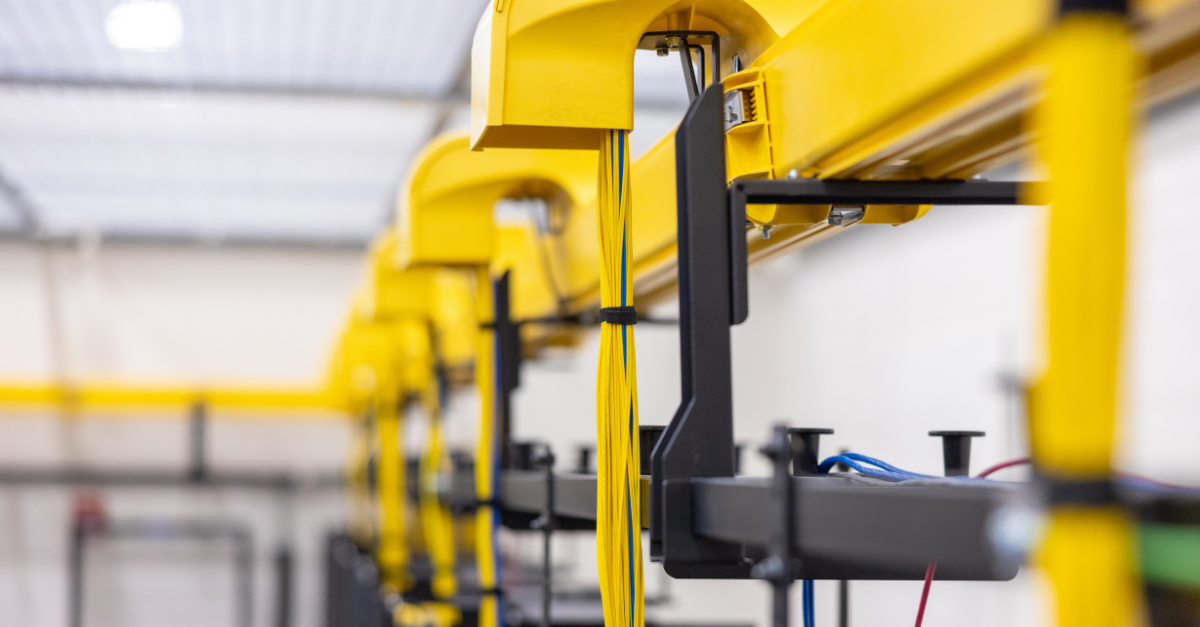How internet satellites are reshaping data center design
Explore how satellite connectivity—especially LEO networks—is reshaping data center design, edge strategy, and the future of space-based infrastructure.
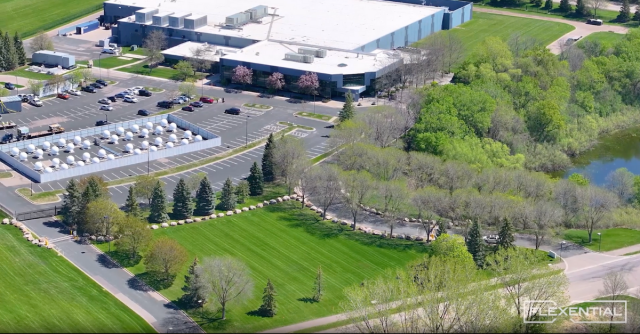
As satellite constellations like SpaceX’s Starlink bring high-speed connectivity to every corner of the planet, data center architecture is entering a new era. While satellites once served niche roles in global communications, today they influence how we design, distribute, and future-proof data centers—particularly as businesses demand global scale, uninterrupted uptime, and edge-ready capabilities.
Here’s how satellite connectivity—especially low-earth orbit (LEO) systems—is transforming modern data center design.
Redundancy beyond fiber: A new layer of resiliency
Traditionally, fiber has been the backbone of data center connectivity. But fiber is not invincible—natural disasters, construction mishaps, or geopolitical conflicts can disrupt service. This is where LEO satellite constellations shine.
Data centers are increasingly adopting satellite internet as a failover option to maintain uptime when fiber is compromised. Because LEO satellites orbit closer to Earth than their geostationary counterparts, they offer significantly lower latency and can provide viable backup paths for critical services—an essential component of business continuity planning.
Breaking boundaries: Expanding data center reach
One of the most powerful capabilities of satellite connectivity is its ability to bring network infrastructure to hard-to-reach places. This opens the door to:
- Remote edge deployments in regions previously off-limits due to a lack of terrestrial infrastructure.
- Faster global rollouts for multinational enterprises that need interconnectivity across continents.
- Enhanced disaster recovery strategies, where backup and replication sites are far from primary facilities.
By extending the data center’s sphere of influence, LEO satellites enable a broader, more distributed infrastructure strategy.
Hybrid network architectures: Terrestrial + satellite collaboration
The modern data center isn’t just wired—it’s hybrid. Network architects blend terrestrial (fiber, cable) and non-terrestrial (satellite) paths to achieve performance optimization, cost control, and higher resilience.
This hybrid model offers several advantages:
- Route flexibility during outages or congestion.
- Dynamic traffic balancing between satellite and ground links.
- Increased reliability through multiple failover paths.
As software-defined networking (SDN) and AI-driven traffic management evolve, managing these mixed pathways will become more seamless and intelligent.
Latency and the edge: Designing for performance
Despite their improved latency profiles, LEO satellites can’t match terrestrial fiber for ultra-low-latency needs. This makes application placement and network topology more critical than ever.
Expect to see increased:
- Edge computing adoption, where data processing happens closer to users.
- Latency-sensitive app strategies, with real-time workloads (e.g., financial trading, multiplayer gaming) hosted closer to end-users, while satellite links serve less time-critical tasks.
Designing with latency in mind helps optimize performance while taking full advantage of satellite redundancy and coverage.
Space-based data centers: a vision becoming reality
While once speculative, the concept of space-based data centers is quickly becoming a reality—and Flexential is helping lead the way.
In a groundbreaking partnership with Lonestar Data Holdings, Flexential provides critical support for the commercial data centers in space. By enabling this mission, Flexential advances a bold new frontier in data storage and infrastructure resiliency. Space-based data centers promise to reduce reliance on Earth-bound infrastructure, improve data sovereignty, and potentially offer advantages in energy efficiency and cybersecurity.
This initiative isn’t just a tech milestone—it reflects how satellite connectivity, edge strategy, and next-gen data center thinking are converging.
Final thoughts: A new frontier in infrastructure
The rise of LEO satellite networks is more than just a connectivity revolution—it’s a catalyst for reimagining the data center. Whether it's enhancing resiliency, unlocking new regions, or inspiring bold future architectures, satellites are helping IT leaders move toward a more distributed, dynamic, and disruption-resistant infrastructure.
At Flexential, we’re watching these developments closely as we help enterprises architect hybrid, high-performance environments. Want to explore how your data strategy can align with this shift? Let’s talk.


